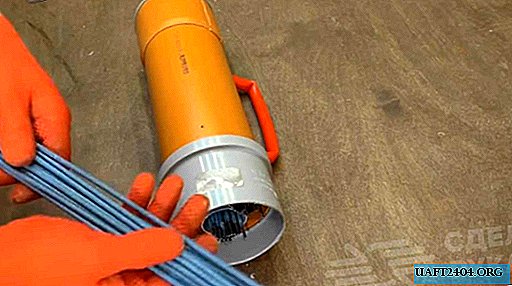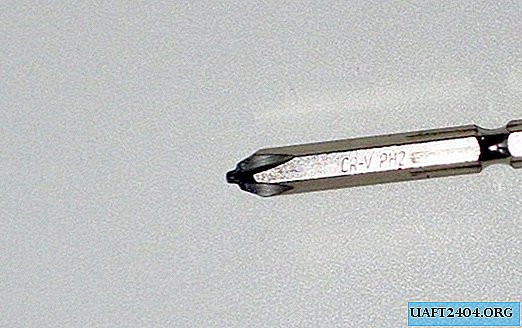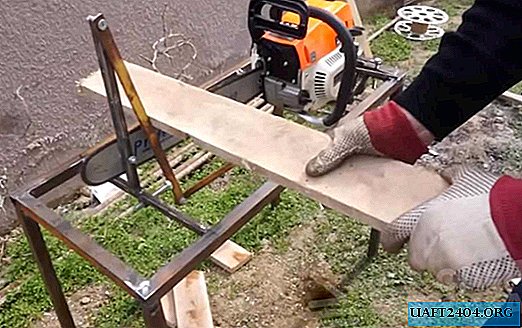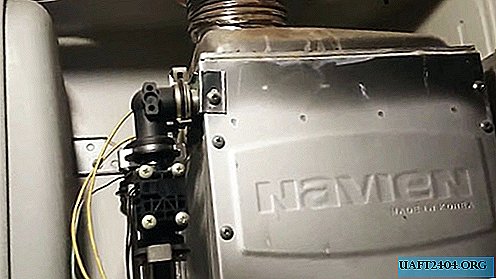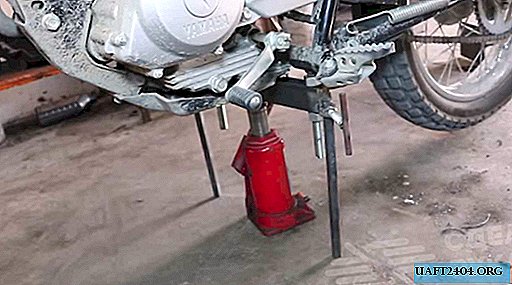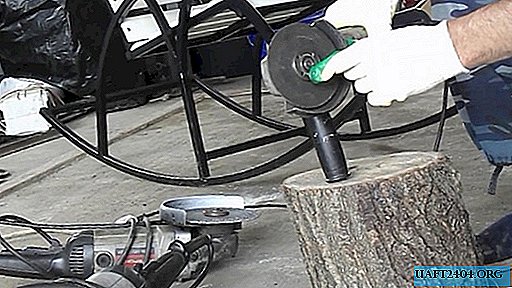Share
Pin
Tweet
Send
Share
Send
Will need
This will require the following:

- Capacity to include files
- Food grade citric acid
- Dishwashing liquid (AOS, Fairy, etc.)
- Old toothbrush.
Clean the file
Let's get started. If there is no jammed chip in the file notch, then simply clean it from visible dirt and at the same time degrease the file using the indicated means to wash the dishes. Better, of course, in fairly hot water.

Files well washed and rinsed in running water until set aside. And we will prepare the "cleaner and grinder." To do this, we bred in a glass of hot water, two full teaspoons of Citric acid.

Stirring it until completely dissolved, pour the contents of the glass into a container, with the files already lying in it.

After a few seconds, bubbles will begin to rise from the surface of the files, indicating that the process has begun.


Why is it better to use hot water? Because hot acid solution is more aggressive. You can, of course, use cool water, but then visually, “sharpening” will begin more slowly. Now, for several hours, you can remove the container with files somewhere far away. To not inadvertently overturn. As experience shows, a file should be kept in an acid solution for 12-13 hours. There is another way: using battery electrolyte. Then it will be enough 6-7 hours.
But, using electrolyte at home is probably not quite right. As an alternative, in the absence of "lemons", you can use vinegar essence.
In the course of a chemical reaction of an acid with a metal, firstly, the oxide layer dissolves, and secondly, a thin layer of metal is removed from the notch of the file, so that its edges become much sharper. After time, the file is removed from the acid and washed thoroughly under running water.
Now, you need to neutralize the acid residues on the metal. Why, immerse the file for 10 minutes in a solution of baking soda.
And so that the rust does not begin to cover the notch again, you need to hold the tool a little in the so-called passivating solution. These are 5 grams of laundry soap and 1 gram of sodium nitrate (NaNO3), diluted in 1 liter of water. Passivation lasts 10-15 minutes. So it should be done. But few people have sodium nitrate at home, therefore, you will have to skip the last manipulation, but simply rinse after soda and dry the file thoroughly, placing it vertically. I just have saltpeter. True, in the form of a very saturated solution.

So, everything is based on technology. Give it a try. The method is reliable, tested repeatedly. The file is really being restored. Not 100 percent, but still.
P.S.
It is clear that a completely "dead", overwritten file cannot be revived in this way. I tried to restore the rasp. But, since his notch is too large, and apparently, the resin remained on the teeth. from one time it did not work to sharpen fully. I had to withstand the rasp in boiling water to get rid of the resinification, re-fill with acid and withstand for almost a day. He became - like new. Good luck.
Share
Pin
Tweet
Send
Share
Send


